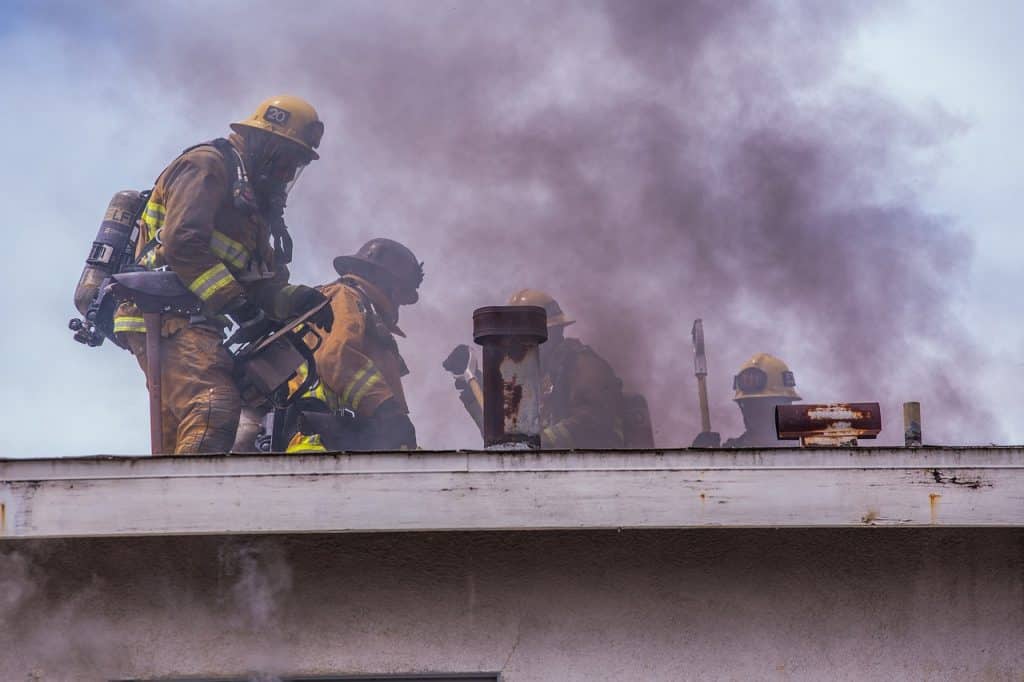Fire doors play a crucial role in preventing the spread of fire and smoke within a building. They can mean the difference between life and death in the event of an emergency. However, many fire doors fail to meet the required standards due to user errors.
In this article, we’ll highlight some common mistakes and emphasise the importance of regular inspections and fire risk assessments.
Understanding Fire Doors
Fire doors are designed to restrict the spread of fire and smoke from one compartment to another. They vary in fire resistance, with different types required for areas of higher risk.
Despite their importance, a staggering 75% of fire doors within the commercial sector fail to meet necessary standards, potentially compromising fire safety.
Common Fire Door User Errors
We have encountered a wide range of fire door issues. From wedged-open fire doors and damaged doors to blocked emergency exits. Below are common fire door user errors that can be easily avoided.
Wedging Fire Doors Open
Propping open fire doors may seem convenient but can be extremely dangerous. It allows fire and smoke to spread quickly, defeating the purpose of the door.
Insufficient Maintenance and Inspection
Regular inspections and maintenance are vital to ensure fire doors remain compliant and effective. Neglecting this task can lead to faulty doors and increased fire risk.
Removing the Self-Closing Device
Fire doors should be equipped with self-closing devices. Removing or tampering with these devices can compromise the door’s ability to prevent the spread of fire and smoke.
Ignoring Damages on Fire Doors
Visible damages such as cracks, gaps, or warped frames can affect a fire door’s performance. It is essential to address these issues promptly.
Blocking the Fire Door
Obstructing fire doors with furniture or other objects can impede access during emergencies, increasing the risk of injury or death.
When a Fire Door Inspection is Required
Fire door inspections ensure that doors function correctly by restricting the spread of fire and smoke. They can range from simple 5-point checks to comprehensive 30-point evaluations. Inspections typically assess gaps around the door, damage, certification, fixtures and fittings, seals, and hinges. They also evaluate whether the door closes effectively within its frame from various angles.
Regular fire risk assessments are crucial to maintaining a safe environment and avoiding common user errors.
The post What are the most common fire door user errors? appeared first on Total Fire Group.


